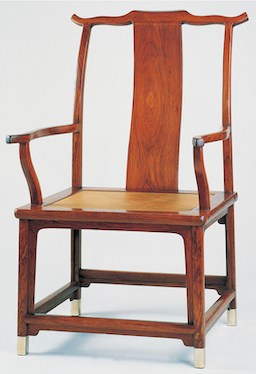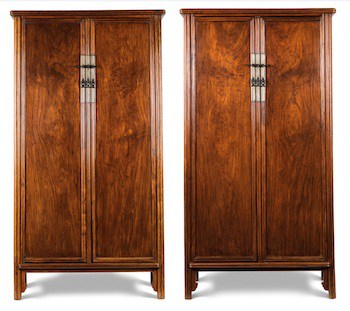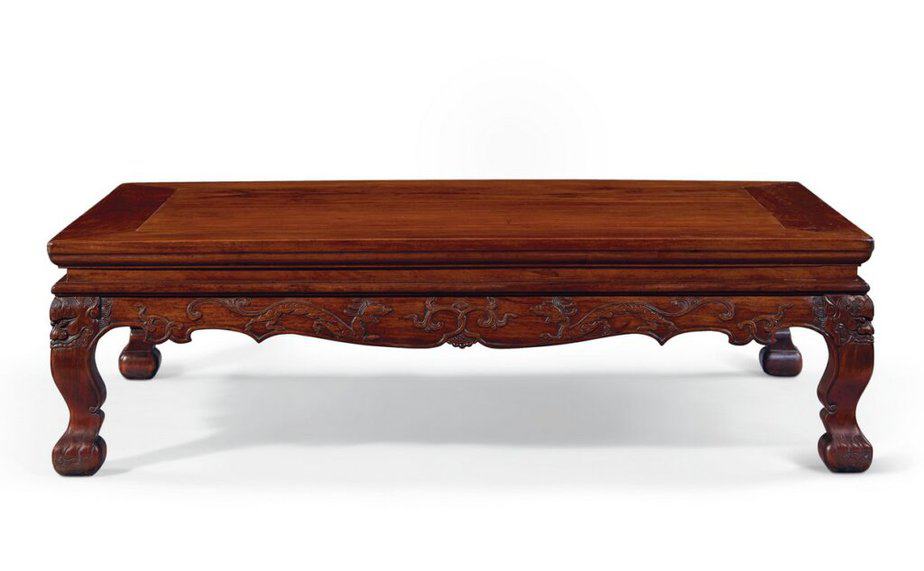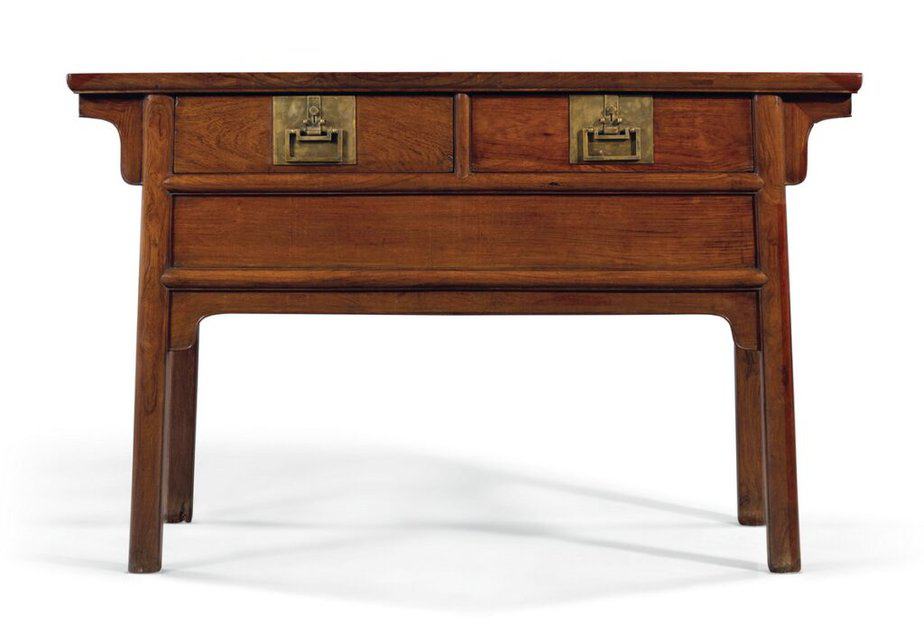
The Ming and Qing dynasties reigned from the 14th to the 20th century. During his reign, the construction of furniture for palaces and temples reached levels of excellence never seen before. I have always admired the antique chinese cabinet for its purity in design, precision in construction and devotion to every detail.
However, their knowledge has remained relatively hidden from the Western world.
With the opening of China in the 1980s and the consequent trade flow between China and Hong Kong, Hong Kong became the embryonic center of exquisite art exhibitions of the Ming and Qing dynasties.
But it was with more international exhibitions such as the Chinese Furniture Victoria and Albert Museum in London in 1988 or in 1996 at the Museum of Classical Chinese Furniture in Renaissance, California, that classical antique Chinese furniture gained worldwide recognition.


In 1986, Gustav Ecke published the book Chinese Domestic Furniture: a comprehensive study of Chinese furniture from the Shang dynasty (1766-1123 BC) to the last Ming dynasty. Considered a pioneering book in its field, the text reviews the different techniques of manufacture, assembly and choice of materials for classical Chinese furniture. And the interest in ancient Chinese furniture as a collector’s item only increased.
Already in 1997, the auction of the collection compiled by Robert Hatfield Ellsworth reached a total sales value of more than 134 million dollars, evidencing the maturity of this market.
And when on March 17, 2015, auctioned again a lot of the same original collection prices multiplied.
More recently the pair of wardrove wooden huanghuali (see photo above) were auctioned in Hong Kong for a price of 36,000,000 HKD (about 4 million EUR).


The success of ancient Chinese furniture is due to several factors, from the simplicity of the design of its lines to the elegance of its details. But what makes them unique is the material with which they were built: their wood. Most of the furniture destined for the Ming and Qing dynasties was made from huanghuali and zitan wood.
The so-called huanghuali or Chinese rosewood is a tree native to the Fujian, Hainan, Zhejiang and Guandong area. And it produces an aromatic wood of excellent quality. Its colors range between reddish brown and golden yellow, and together with the appearance of abstract patterns in the longitudinal cuts, make it an exceptional and exclusive wood.
Red sandalwood or zitan is a particularly dense wood that even sinks in water. Its dark purple and dark reddish colors, and its pigments have been used extensively for dyes. It has been historically admired by carpenters specialized in sculpture and wood carving for its physical characteristics.